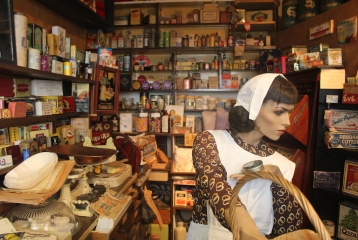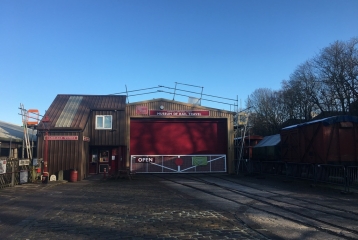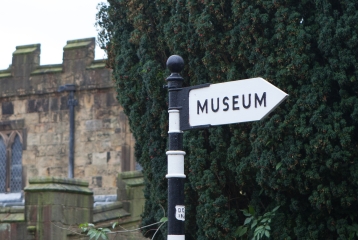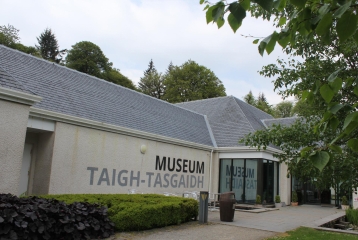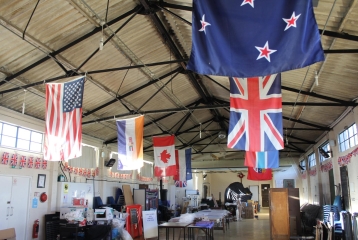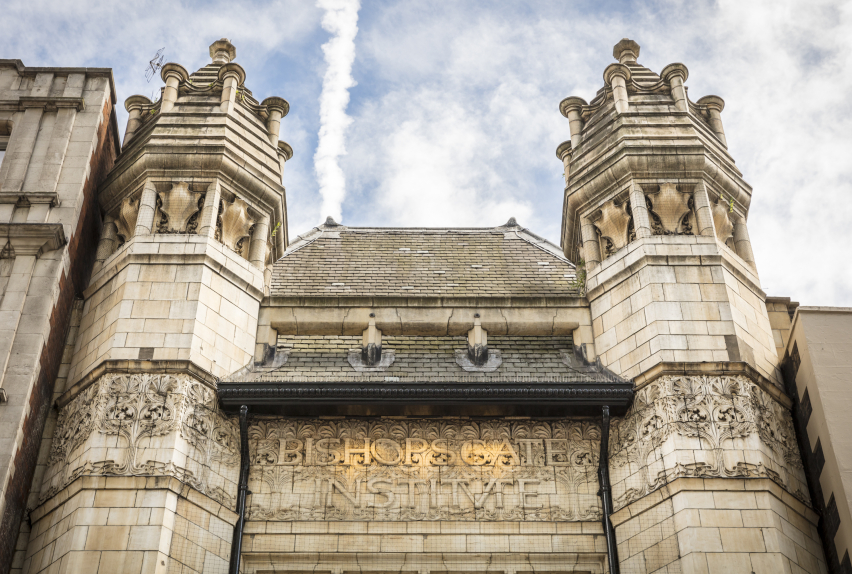Metheringham Airfield Visitor Centre
About this Archive
The Mapping Museum research project was created to look at the increase in the number of museums in the UK. As part of this project, Andy Marson and Rod Sanders were interviewed about the Metheringham Airfield Visitor Centre.
Explore more about the Mapping Museum project here and read Marson and Sanders' interview below:
Interview summary
Name of persons being interviewed: Andy Marson, Rod Sanders
Location of interview: Metheringham Airfield Visitor Centre
Date of Recording: 04 February 2019
Recording Length: 01:39:24
Name of interviewer: Dr Toby Butler
Description: Metheringham Airfield Visitor Centre in Lincolnshire interprets the history of RAF Metheringham, a major Second World War bomber airfield; the museum consists of exhibitions in airfield buildings, a Dakota aeroplane, ancillary equipment and several memorials to airmen who died serving Bomber Command.
Summary of main points in interview: Andy Marson retired from the RAF and joined the charity committee that runs the museum in 2006 (eventually serving as chair). Rod Sanders is the current chair.
Marson explains that there are 49 airfields in Lincolnshire. He outlines the early development of the museum – the land for the airfield was requisitioned from a farming family, the Scoleys, in 1942 and after the war the airfield buildings were used as cow sheds and agricultural storage as it reverted to a farm. Veterans would often return to the derelict airfield, and eventually the Scoleys decided to set up a small museum in what had been the ration store. They received a small grant from the local council and the museum opened in 1994.
Volunteers helped to improve and expand the museum to further buildings which are still owned by the Scoleys but leased to the charity. Marson says that the main motivation for the Scoleys was to keep the memories alive of the sacrifices that had been made – 59 aircraft were lost in 18 months. Reunions help to bring people together and were big social occasions.
The Friends of Metheringham Airfield charity has taken on activities that were once run by the 106 Squadron Association. Marson outlines the history of the airfield and its role in the war for bombing missions, fighters and transport planes and also as a base for evacuating wounded US soldiers. Unusually the airfield had a fog-dispersal system for landing on foggy days. It closed in 1946 and became a voluntary agricultural camp for displaced people; a runway became a public road and the area reverted to agricultural use.
From the 1960s a lot of runways were dug up for hardcore to use on the A1 road scheme, and they found toys in the concrete, as some runways were built with hardcore taken from areas bombed during the London Blitz.
They have had small grants including a district council grant to help secure planning permission for a hangar to protect a Dakota aeroplane, and the East Midlands Museum service have helped identify funding and loaned digitisation equipment. They discuss the establishment of the International Bomber Command Centre in Lincoln and its intended role as a tourist hub, from which visitors can get information, maps and trails about all the airfield sites and museums in the area.
Marson explains that Aviation Heritage Lincolnshire encourages each smaller site to tell their own local story rather than wider Second World War history so the stories don’t overlap between sites. Sanders describes how researching individual stories has led to meeting the families of those who lost their lives in the war. They might bring photographs and they often have people offering equipment; a volunteer sources things on auction sites and from specialist collectors.
They discuss the strong network of museums in the area which meets regularly and share knowledge, leaflets and objects. Social media has become very important and many objects are found through it. They discuss the skills and profile of volunteers and how they made decisions about keeping displays uncluttered and telling a specific story.
